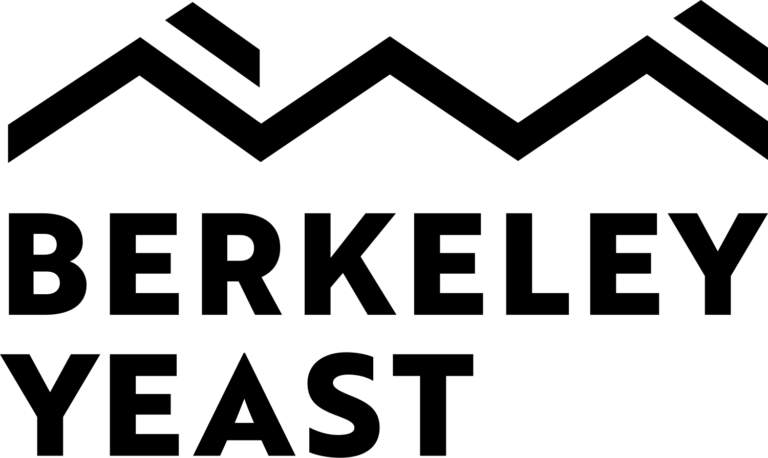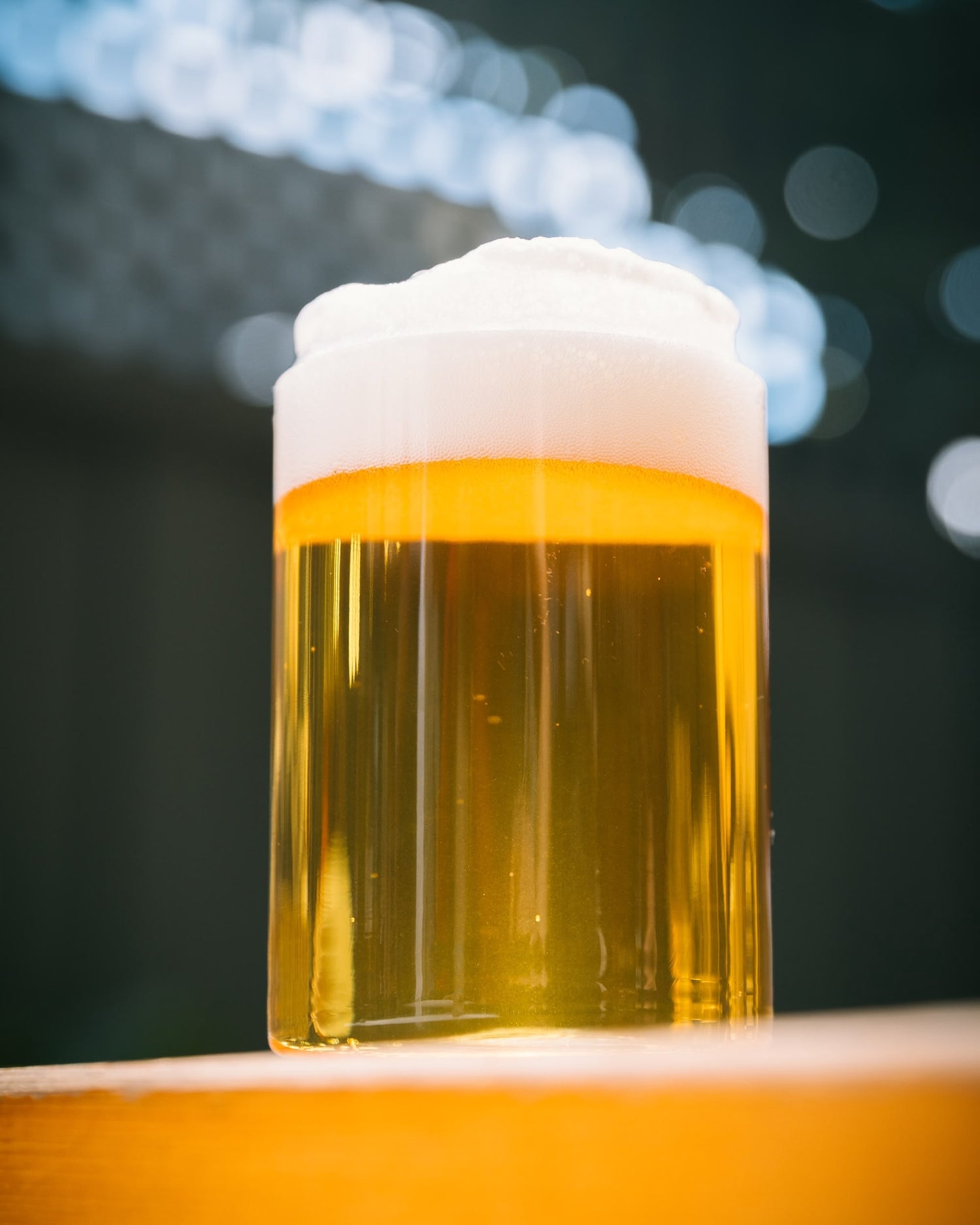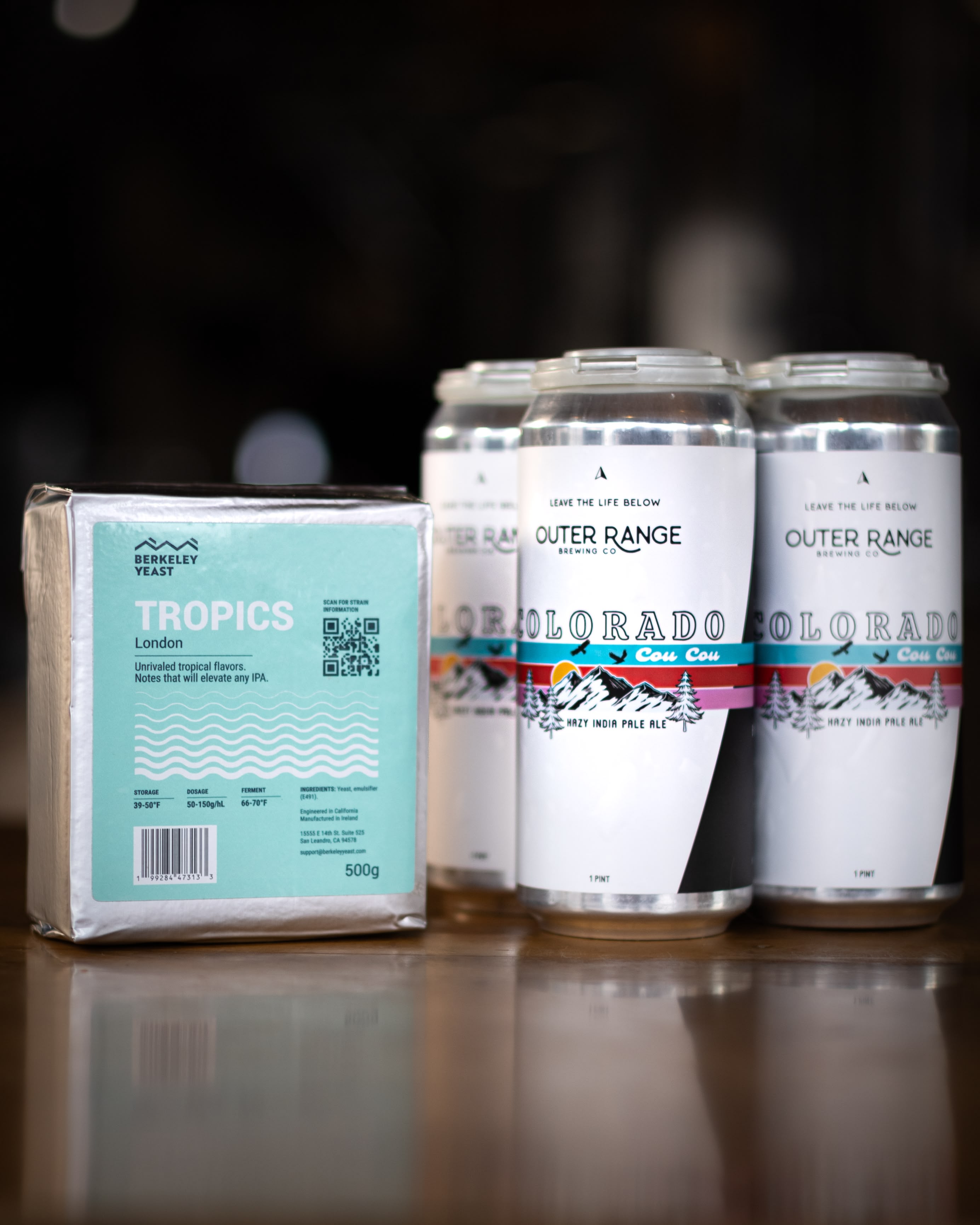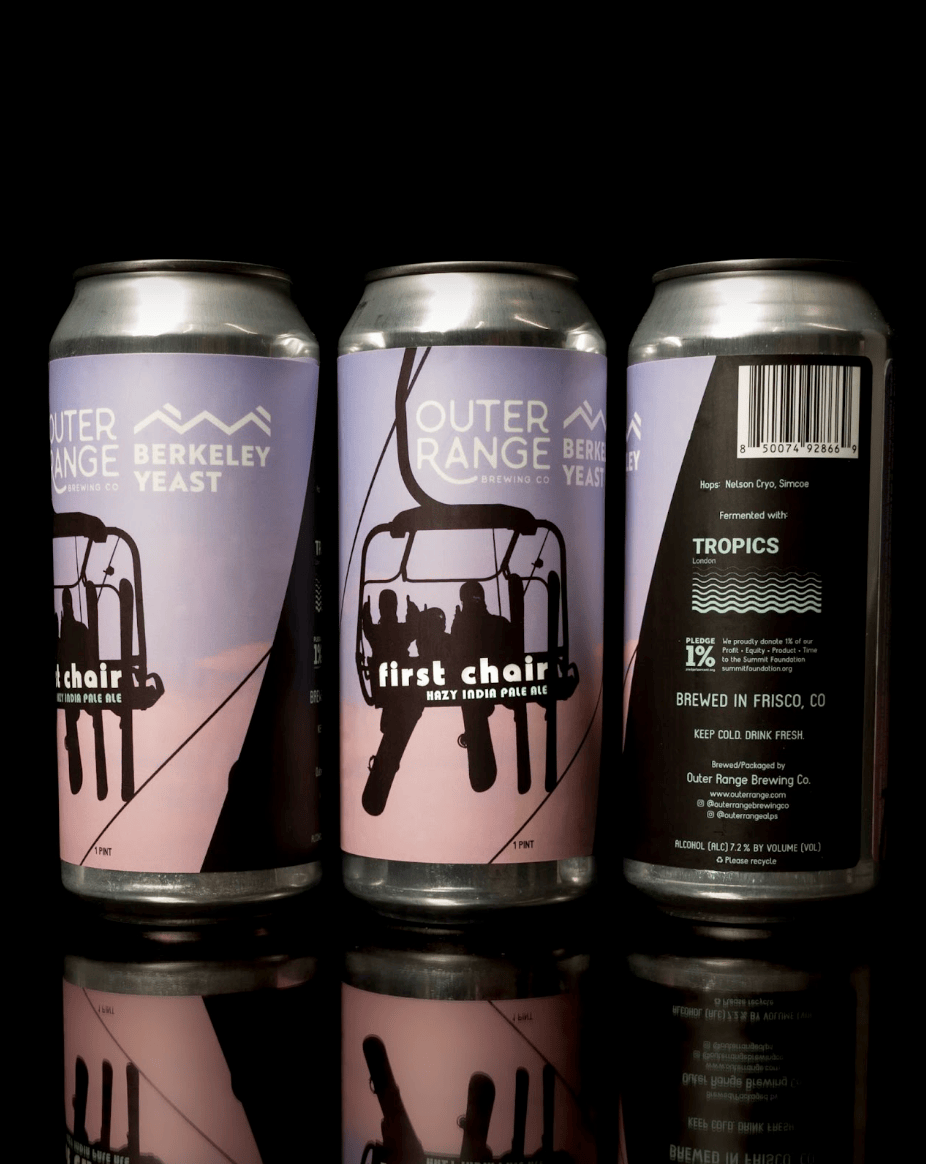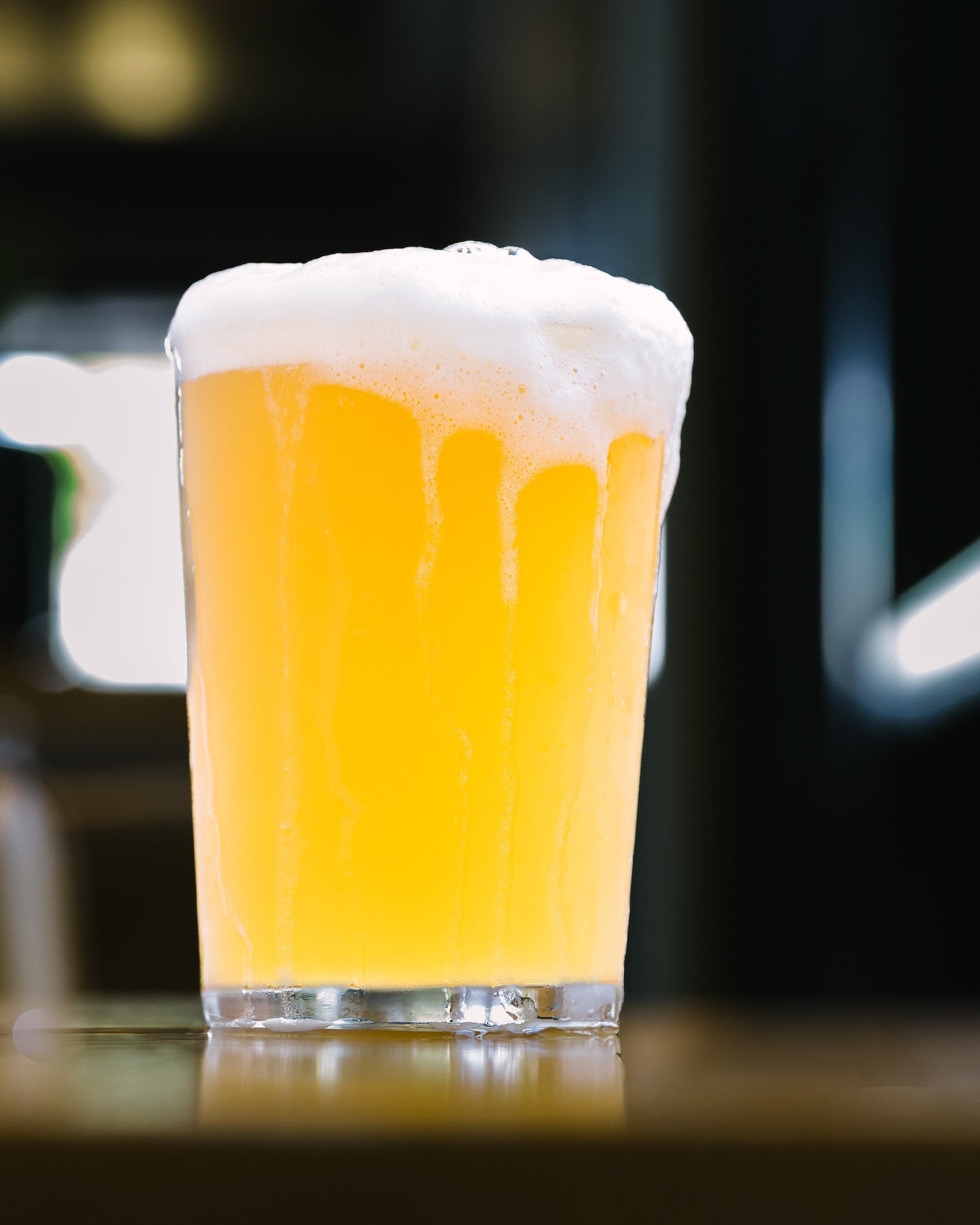This recipe creates a wonderfully light and aromatic, highly drinkable hop-focused lager with our ultra-low diacetyl Fresh Andechs strain. With drinkers’ ever-increasing preference for lower ABV beverages, this West Coast Pilsner will satisfy both the hop and lager heads. A warm ferment with our Fresh Andechs lager strain allows for rapid grain-to-glass turnaround and an elevated dry hop temperature to coax out all the aromatics from the dry hop. Our Fresh Andechs strain is highly versatile, delivering a clean fermentation at both lager and ale temperatures. This flexibility allows you to alternate between styles throughout generations. With ultra-low diacetyl, low sulfur output, and great flocculation, there's a lot to love about this yeast.
OG: 11.8°P
FG: 1.5°P
Target ABV: 5.5%
Total Production Time: 12–16 Days
Grist
95% Weyermann Pilsner Malt
5% Rahr Dextrin Malt
Mash 150°F
Target mash pH: 5.45
To the mash, add a small amount of calcium chloride appropriate for your system. For very soft water at the 10 BBL size, this would be around 100 g. This will preserve your mash enzymes, help establish a proper mash pH, and lead to a slightly softer mouthfeel down the line.
Vorlauf until the wort runs very clear, then begin the lauter. For such a small mash, add some phosphoric acid to the sparge water or occasionally to the top of the mash during sparging. This will help buffer the pH rise and prevent astringency pickup from the grain husk. Avoid letting your last runnings go above pH 5.7.
Boil for 60 minutes or more depending on the vigor of your boil.
Hot Side Hopping
Target IBU: 35
Simcoe at 60/end to make up the IBUs you don’t get from the whirlpool
1 lb./BBL Mosaic T90 at whirlpool
At the end of the boil, lower wort temperature below 200°F by running through a heat exchanger or adding filtered city water/cold liquor. Target 185–195°F, then add whirlpool hops.
Chill the wort to 55°F, aerate to 8–10 ppm, pitch yeast (rate: 750k/mL/°P), and set the tank to 58°F. A knockout pH of 5.2 should lead to a final pH of 4.15–4.35. Pale beers like this are best toward the higher end of that spectrum.
Fermentor Wort Hopping
Add 2 lb./BBL Nectaron T90 OR 1 lb./BBL Nectaron Cryo at wort knockout.
Adding hops to chilled wort achieves supersaturation of hop oils, reduces less desirable hop notes (onion/garlic, dank), and helps clarify later. Keeping biofine additions light and gently filtering retains more volatiles and increases head retention.
Note: Adding hops at knockout can make yeast removal difficult. Cryo hops improve yeast harvests. If repitching yeast, move knockout hops to dry hop—though this produces a more dank aroma with fewer bright notes.
Fermentation
Hold fermentation at 58°F until 4°P, then raise to 65°F. This isn’t for diacetyl cleanup (Fresh strains produce very little) but for higher dry hop temps to aid extraction. When fermentation is complete, add 5 psi CO2, drop the temp 5°F, and hold 24 hours to encourage flocculation. Remove yeast the following day, set tank back to 65°F, blow down pressure, and begin dry hopping.
Dry Hopping
If Nectaron wasn’t added at knockout, add it now. After addition, cap the tank, add 10 psi CO2 to submerge hops, then release after one hour.
The next day, dump hops from the cone and add 1 lb./BBL Strata T90 (for lime, mango, or strawberry notes). Cap tank, add 10 psi, and blow down one hour later.
Continue daily dumping of spent hops. When free of acetaldehyde and sulfur (usually 1–2 days post–dry hop), step crash 10°F, then full crash to 32°F after 24 hours. Forced diacetyl tests aren’t needed—Fresh strains produce levels well below threshold.
Carbonate to 2.6–2.75 volumes and clarify as needed.
